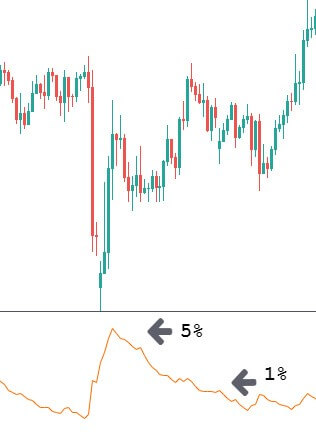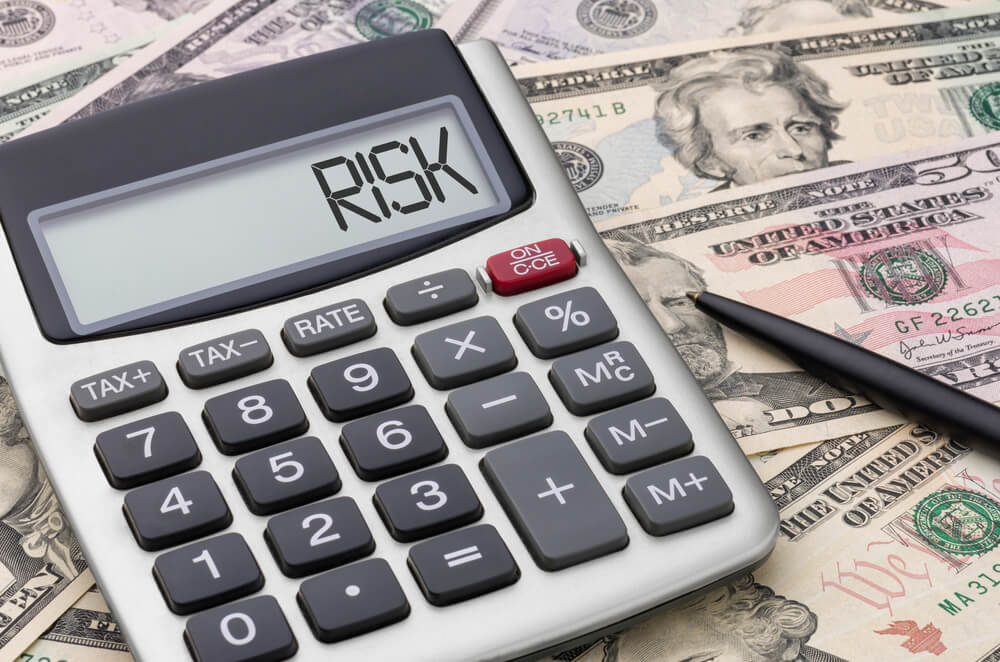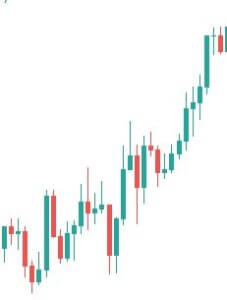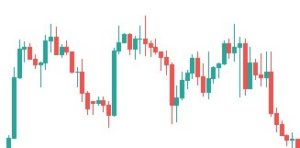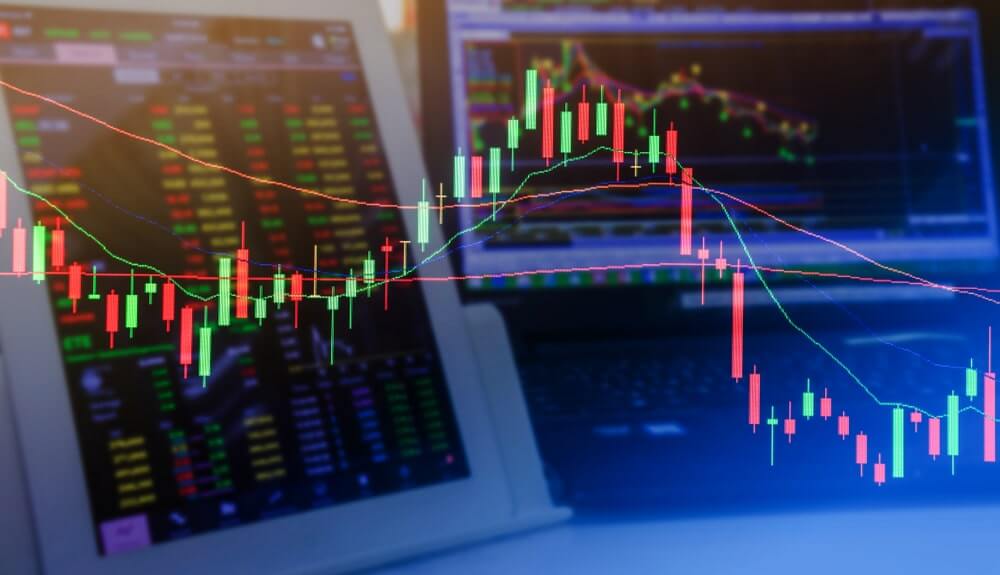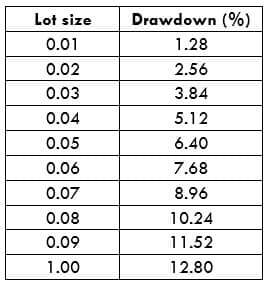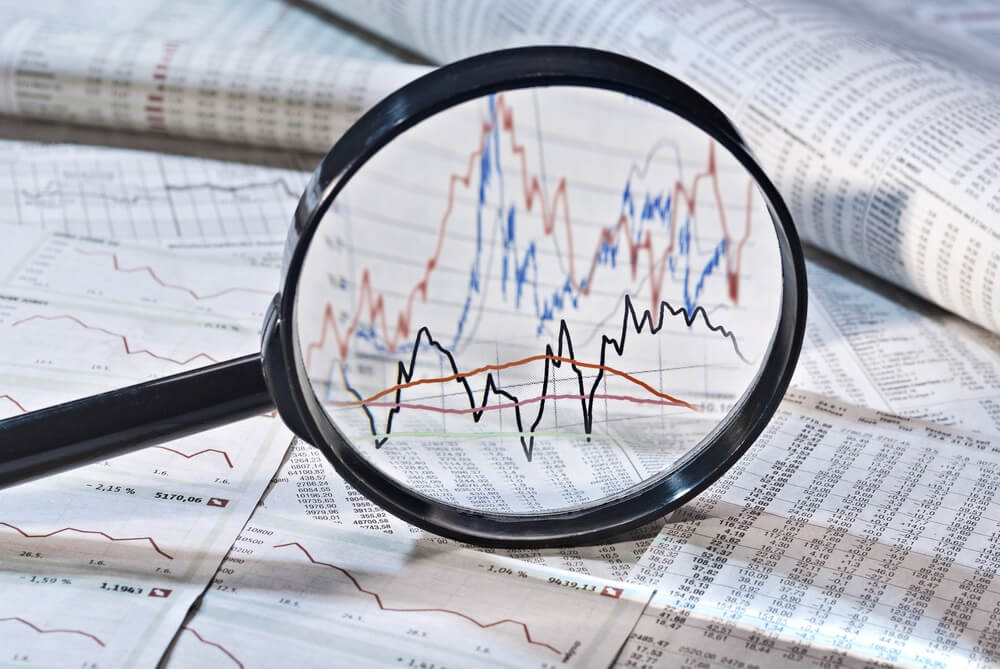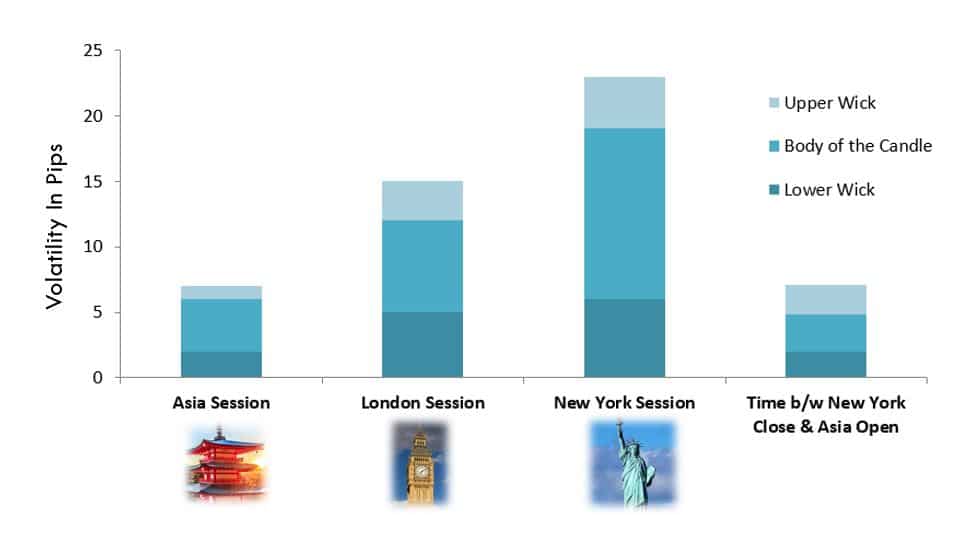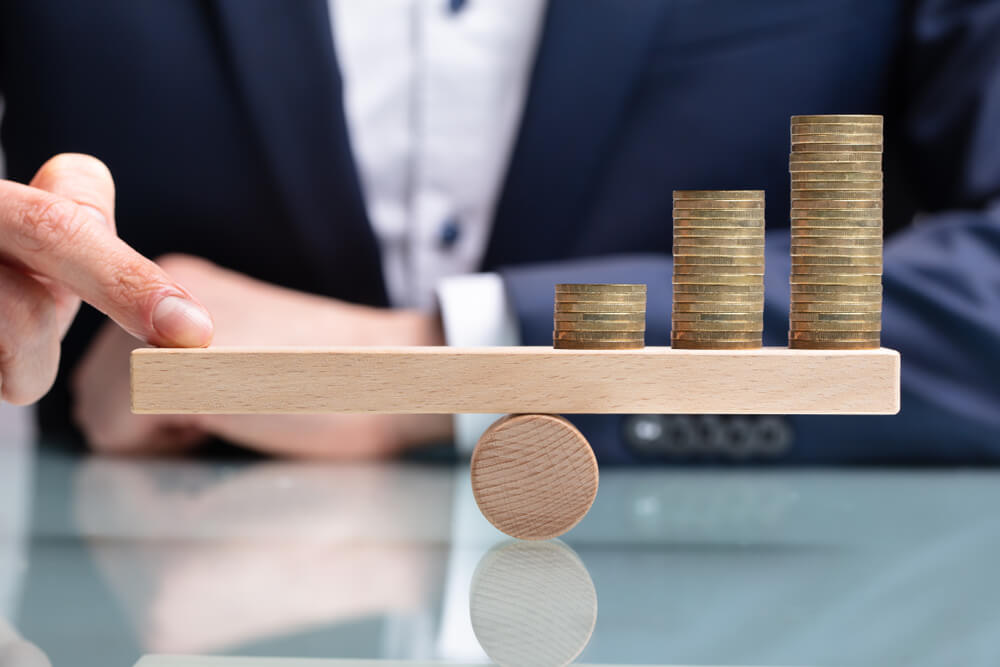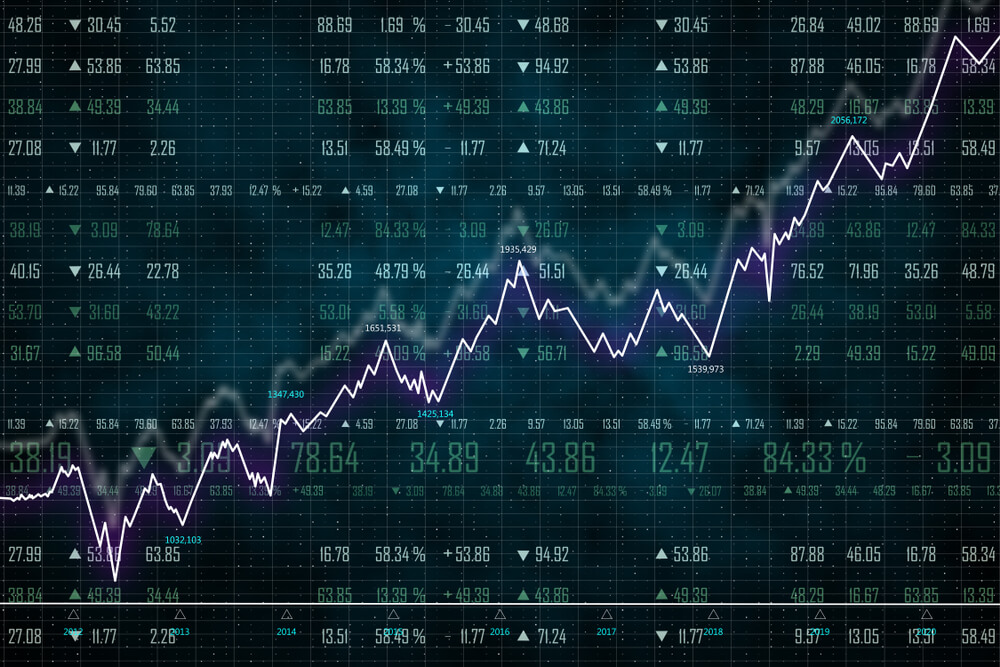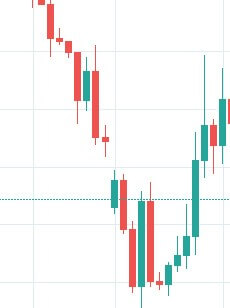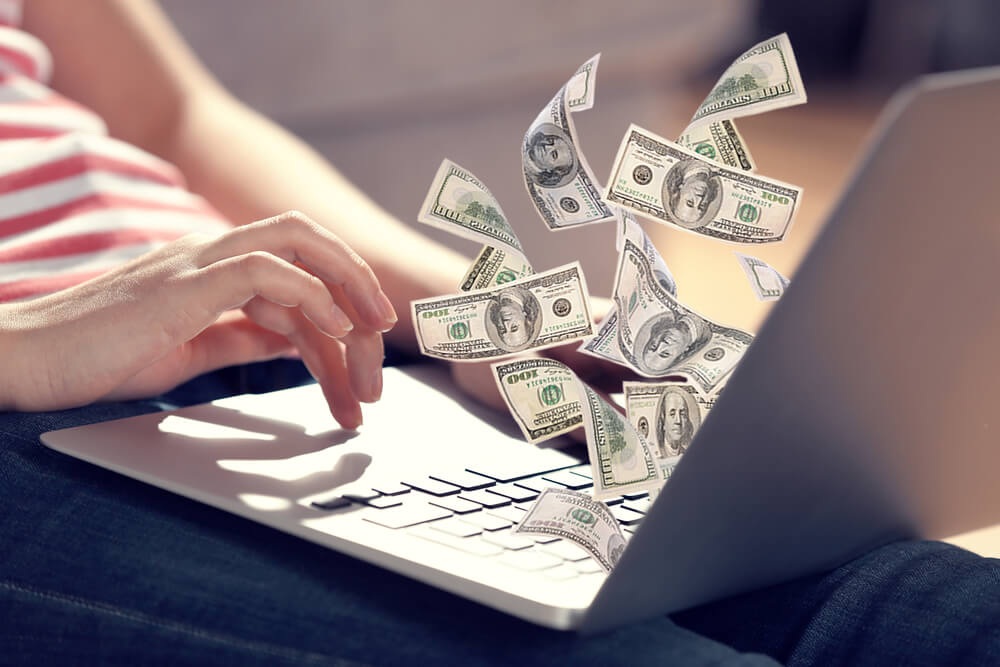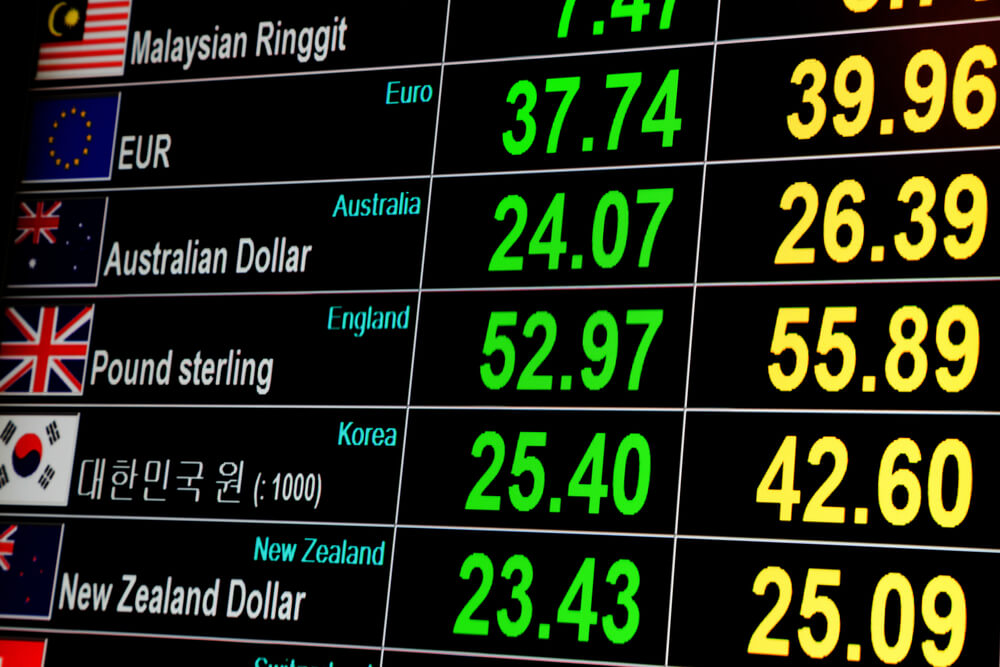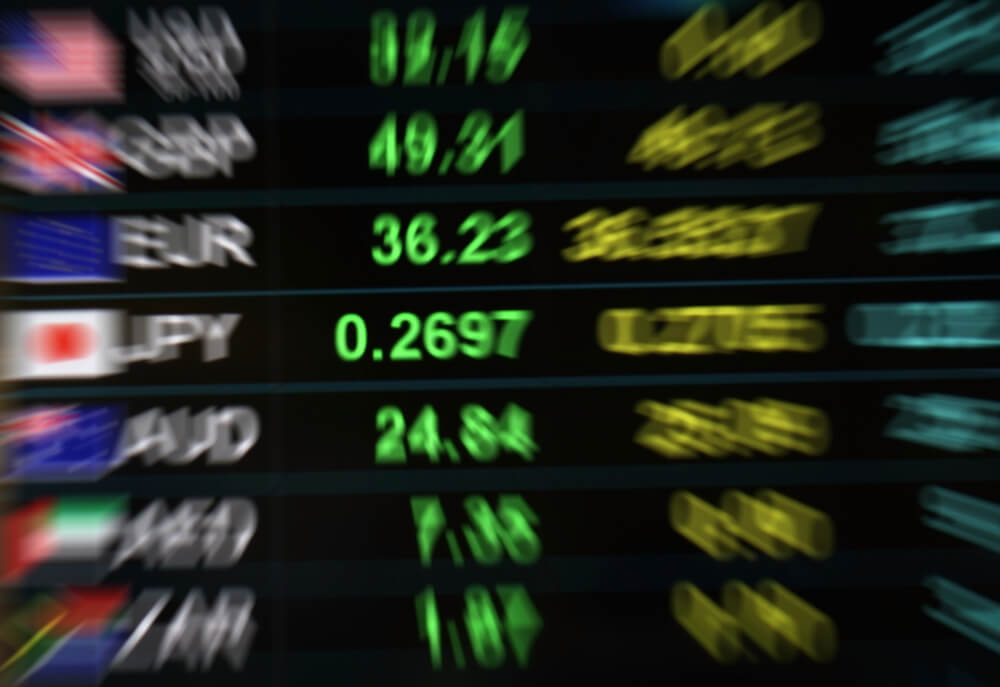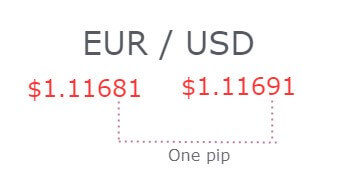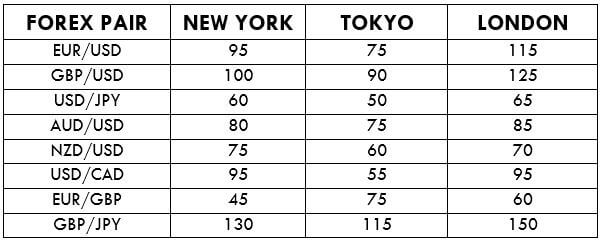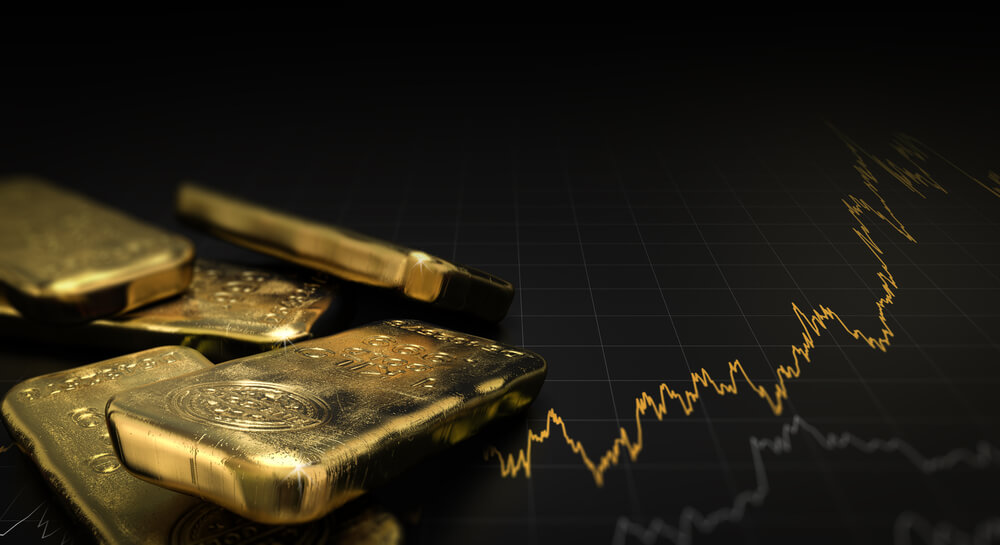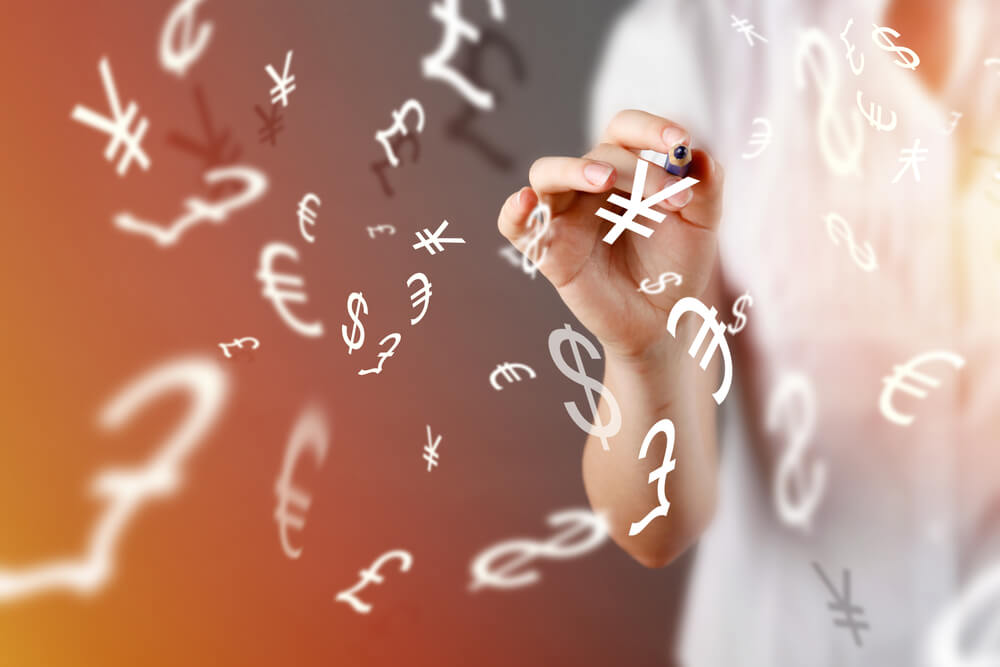What is the global financial market and what comprises its structure? Who participates in the financial market, what is its interaction, and how does the system function? Economic indicators of financial markets are key information for Forex traders, so let’s take a look at the actual structure of the global market as a whole.
Why is theory necessary? The term “financial market” cannot be called as one that the novice trader should first become familiar with, but nevertheless, it is necessary to understand the structure of the financial market. Understanding how the financial market works and how its participants interact with each other can lead traders to new investment opportunities, help optimize costs, and minimize risks. If one is not knowledgeable of the theory, it is not possible to become a practical professional trader. Spend 5 minutes reading this article. We hope it comes in handy!
Structure of the Global Financial Market
When you read about financial markets, do you know what you’re really dealing with? Banks, insurance funds, pension funds; the list of structures that make up the financial market is long enough. From this article, you will learn:
- What types of financial markets exist.
- Who participates in financial markets and how they interact with each other.
- Which assets are subject to an interaction between market participants.
- What functions financial markets play.
While approaches to determining the structure of the financial market and the role of each participant are different, this article will help you get an overview.
Fundamental Basis for the Trader or Everything in Due Time
If someone tells you to understand the term “financial market”, its structure and functions are essential for each trader, don’t believe it. That’s not the case. However, we can’t say that this information is unnecessary. At first, we didn’t study from A to Z on Forex. We strive to acquire the necessary skills independently. Only when we accumulate some experience by trial and error do we resort to knowledge.
It can be a webinar, a negotiation course, educational articles, or A to Z books on Forex. Depending on the level of our experience, we choose this or that type of information. If a beginner trader takes advantage of reading about 2 types of financial market analysis, fundamental and technical, a more experienced trader might be interested in learning more about the basics of trading, that great thing that is the currency market, your workplace. As they say, all in good time.
Structure of the Financial Market
All national and international markets make up the financial market. It incorporates banks, funds (pension, insurance, currency), and many other economic institutions that help accumulate and redistribute money.
As a complex system, the financial market has a multilevel structure that includes 5 market segments: foreign exchange market, credit market, insurance market, investment market, and securities market. As you can imagine, the Forex currency market represents one-fifth of the financial market.
1. Foreign exchange market: Forex
It is the market in which the question of the interaction of its participants is the currency and everything related to its equivalent. Derivative instruments can also serve as trading instruments (e.g., foreign exchange CFDs). Depending on the form, the agreement may be effective and not effective, according to the term of the transaction, the market may be current (spot) and derived currencies. Derivative market contracts may be:
-Forward. A forward contract is personalized between two parties at an agreed price, the intermediaries of the operation are the banks, we have no guarantees.
-Futures. Futures are priced on the basis of exchange rate movement, the intermediary is an exchange, the guarantees are the reserve deposit.
-Currency options and swaps.
Foreign exchange transactions can be carried out both on the stock exchange and on the OTC market (Interbank Foreign Exchange Market, Forex).
2. Credit market
In this market, there is a distribution of funds from those who have them to those who do not. Unlike in the investment market, the credit market is much more complex (it maintains a three-tier structure) and has stricter requirements for participants to meet their obligations. Levels of the credit market:
The central bank and the commercial banks. Here, the central bank acts as a regulator. Through loans, the central bank regulates the supply of money, supports banks facing temporary problems, maintains the liquidity of the banking system, and covers cash gaps.
-Commercial banks and their clients.
-Credit relationships between legal entities.
3. Insurance market
We’re talking about a separate segment because insurance companies are the world’s leading investors. By providing various types of insurance services, accumulate money, capital that can temporarily invest in metals, deposits, and stocks.
4. Investment market
It is a system based on partnerships and free competition between investment operators. It has a lot in common with the stock market, where funds are invested in stocks, but it could still take the form of equity investments, fixed assets, etc. In short, the investment market provides money to invest in any type of asset for the purpose of subsequent gains for a period of time due to an increase in the price of an asset or dividend payments.
5. Securities market: securities
It suggests a complex interaction between market participants in terms of issuance and the circulation of securities. Securities may be traded on both exchanges and beyond. In exchanges, you can only exchange registered assets that meet certain requirements. Assets can be:
They can be simple actions and preferred actions. Simple shares generally have voting privileges, while preferred stockholders may not. The dividend return is floating and may not be paid by the decision of the shareholders or in case of loss. Preference shares receive a fixed dividend from the company that does not give voting rights at the Shareholders’ Meeting.
Bonds can be (issuer – company), municipal (issuer – local authorities), state, international (for example, Eurobonds). Bonds can also be preferential (the holder will be among the first to receive money during the liquidation of the company) and subordinate (more profitable, but riskier). There is a gradation in the coupon rate and yield at maturity.
Indices are consolidated instruments consisting of a basket of securities, which reflect average price statistics for the sector or for the industry in general.
Derivatives are derivative instruments, which form a multi-level securities system.
ETF securities. An ETF is an indexed fund whose shares (units) are traded on the stock exchange. The investment structure of the fund can be any one, from securities of companies in a particular sector to a diversified portfolio, including shares, gold, etc. Unlike investment fund shares, it can carry out any transaction with ETF shares, as well as with values. As you can imagine, the Forex currency market represents one-fifth of the financial market.
There is another more general, but more accurate, classification of the world market: the foreign exchange market, the commodity market, and the stock market. The first includes all transactions with any currency (including cryptocurrency), the second includes everything related to securities, the third provides trading of metals, oil, goods, and services, including non-conventional investments (antiques, art, etc.). The three markets are connected by credit, investment, and other relationships.


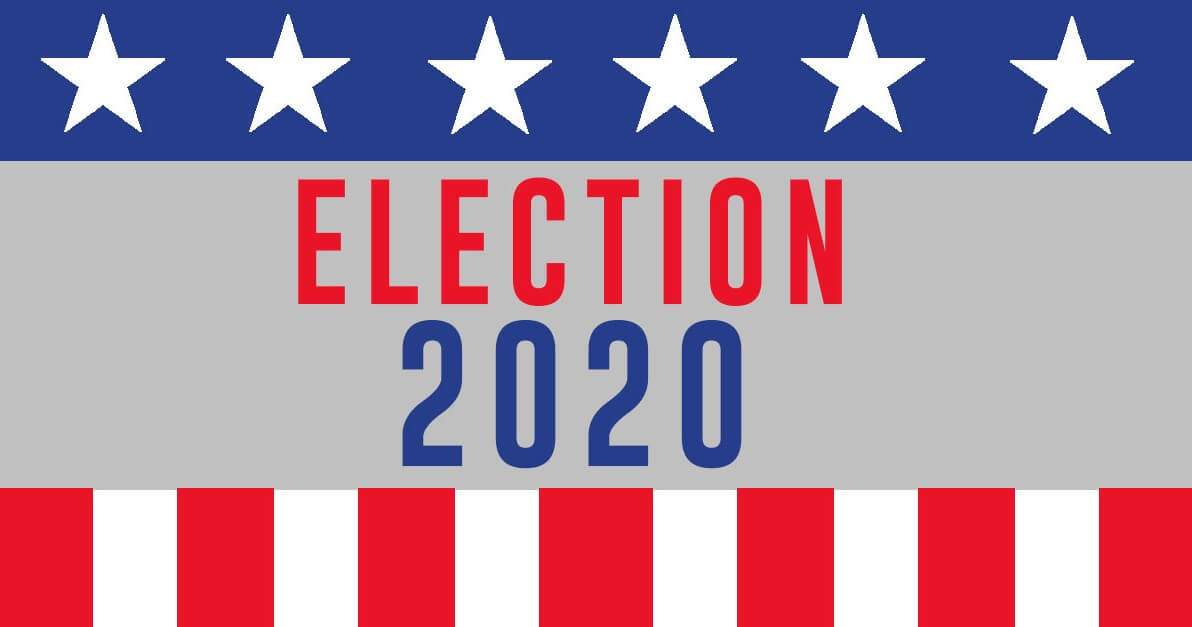

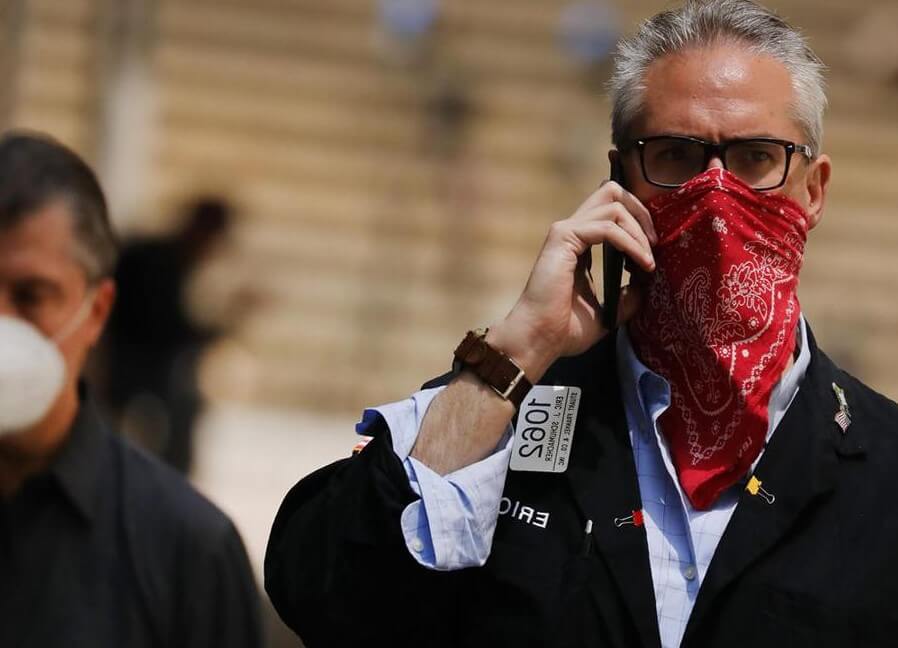
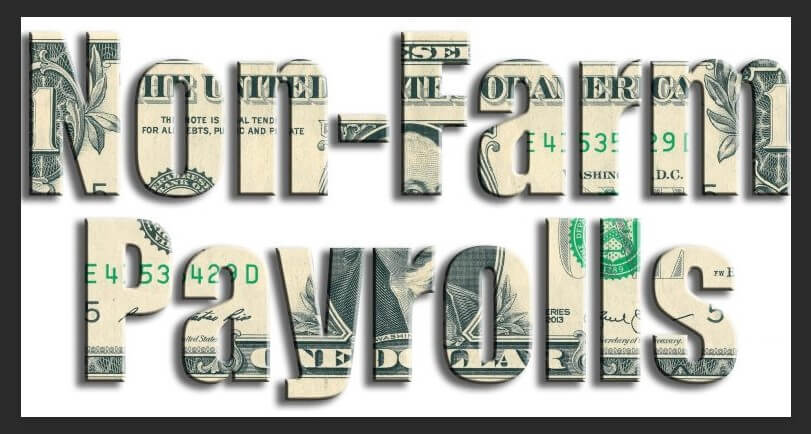
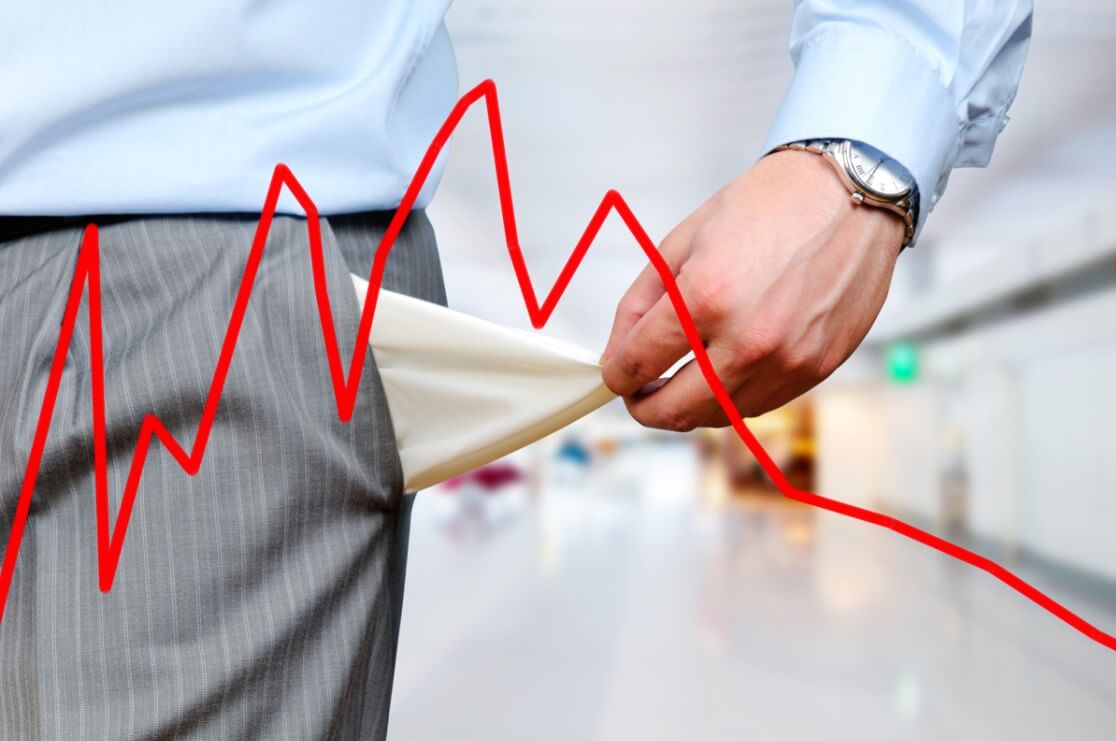
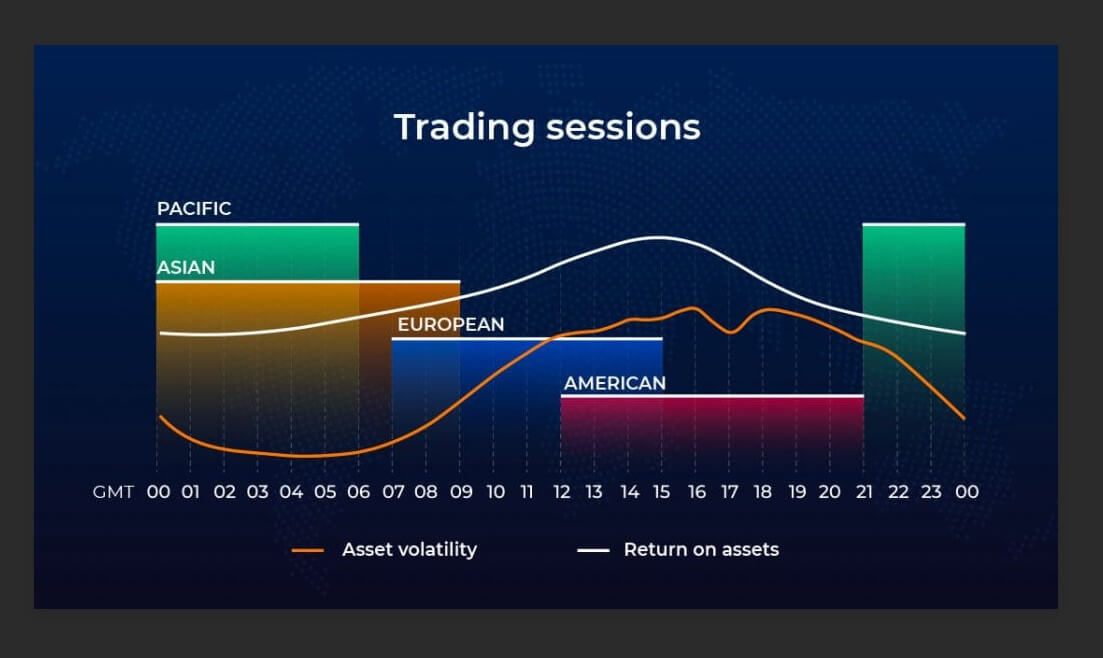


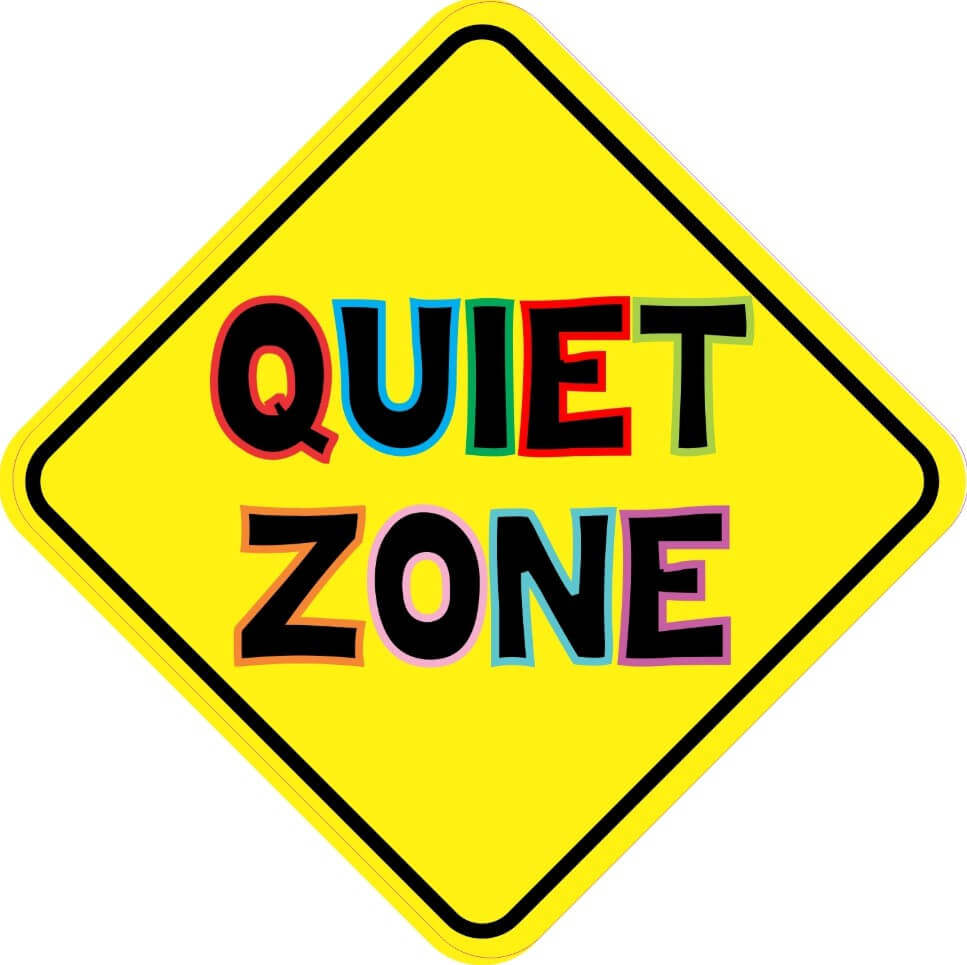

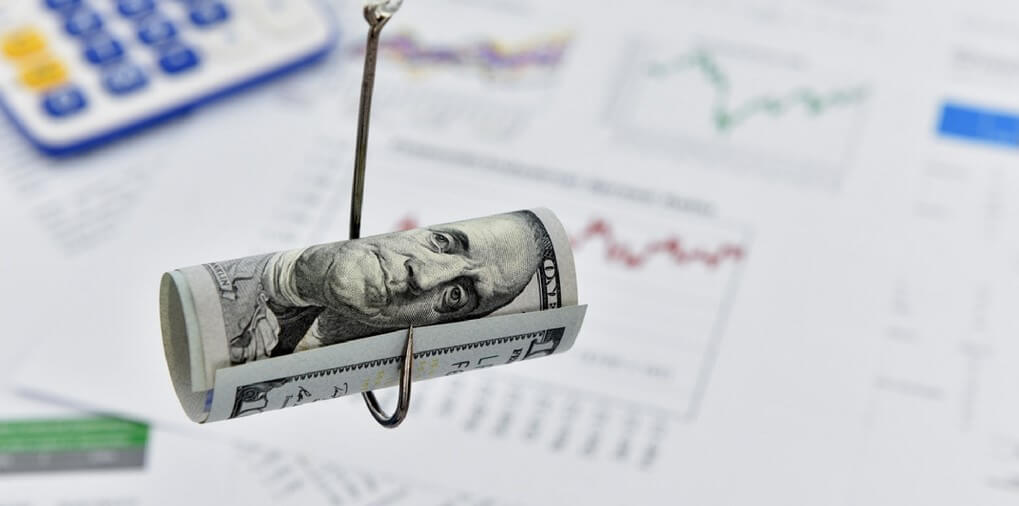

.jpg)



